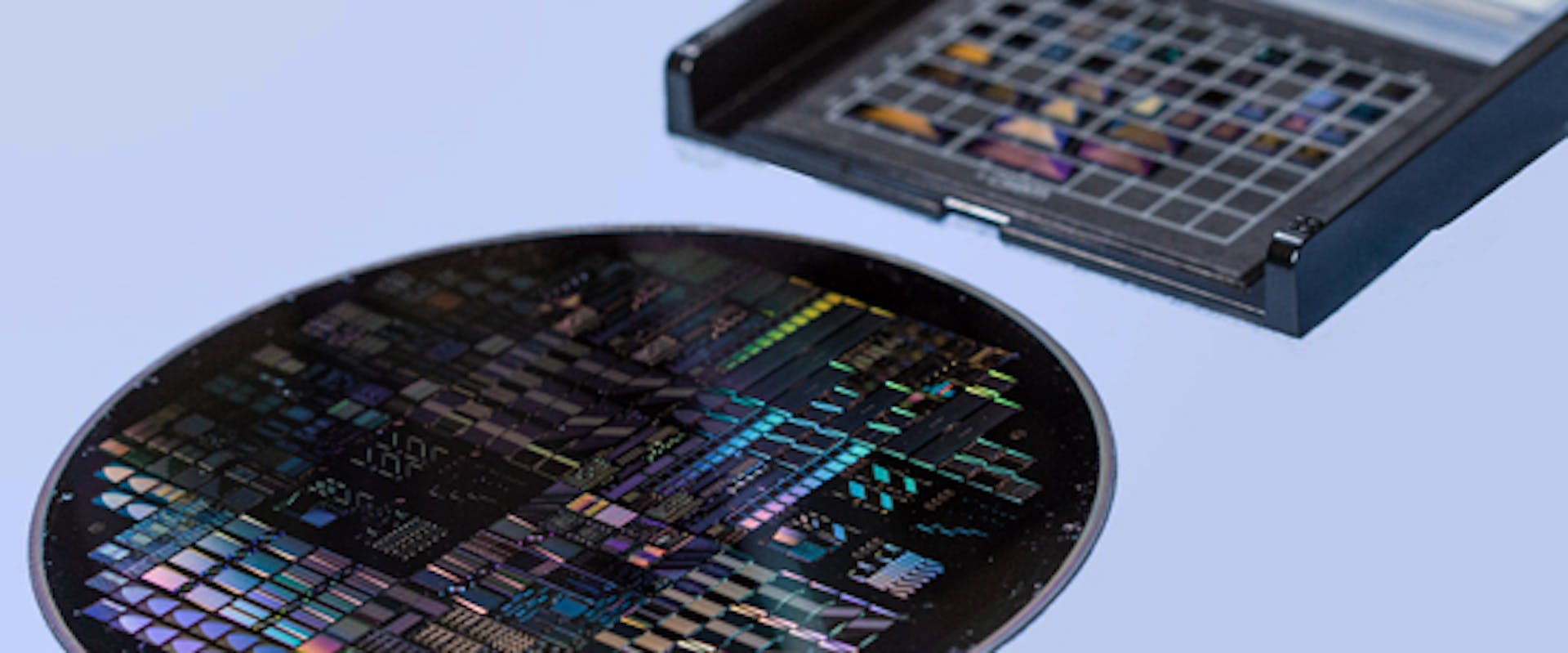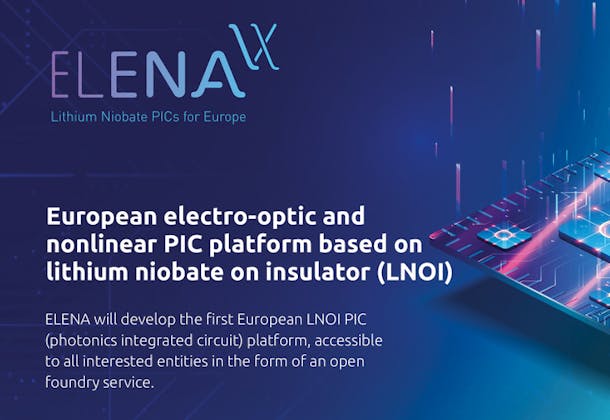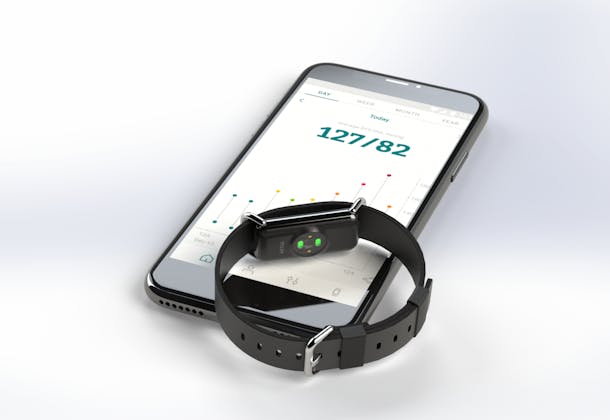Launch of the Horizon Europe RIA project PATTERN
PATTERN will bring long-awaited breakthroughs in the field of Photonic Integrated Circuits (PICs) and provide unrivalled new functionalities for a vast range of applications. The project will devise the world’s first Process Design Kit (PDK) and Assembly Design Kit (ADK) for microwave photonics at ultra‐high frequencies above 100 GHz, new methods for heterogenous integration of III-v gain materials (e.g. InP) as well as BiCMOS drivers with electro-optic and nonlinear platform of a thin-film lithium-niobate-on-insulator (LNOI). It also develop new functionalities in PICs such as acousto-optic modulation (AOMs) and optical isolation capabilities. PATTERN’s impact will be showcased through several demonstrators, from quantum to satellite free-space communications to ultrastable optical-based RF-sources. The results of PATTERN will be accessable to the photoncis community in the form of an open access foundry.



